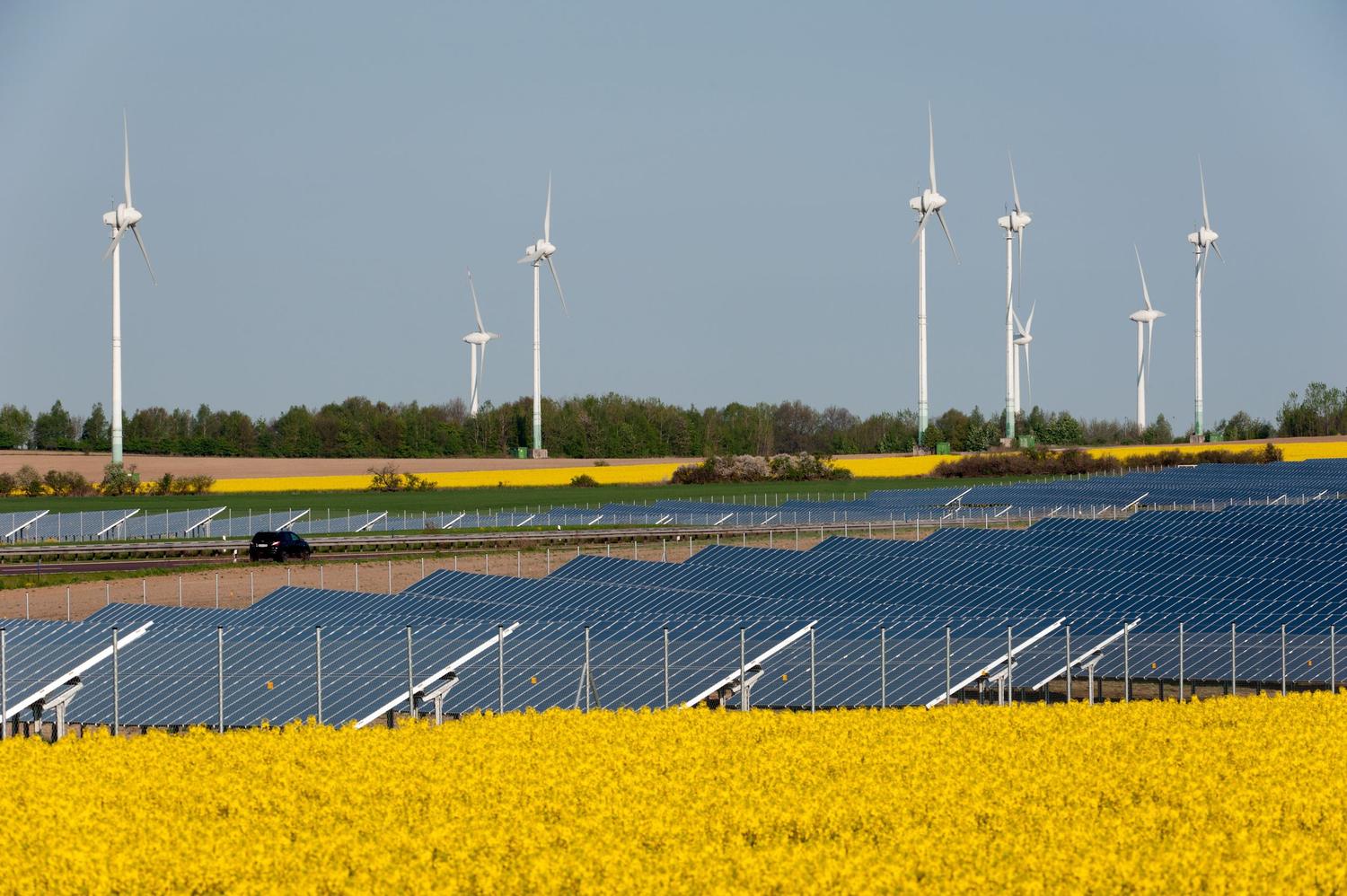The path to new technology consists of research, development, demonstration and finally deployment. Research and development frequently continue in an effort to improve the technology. However, at some point, the technology is determined to be far enough advanced to proceed to demonstration; and, upon successful demonstration, to deployment.
Wind and solar technology have advanced through demonstration to deployment. However, it is important to understand what has been demonstrated and what is being deployed. Wind and solar have demonstrated that they are capable of generating electricity when the wind is blowing and the sun is shining. They have also demonstrated that they cannot generate electricity in the absence of wind and/or sun.
Both technologies are being deployed as “source of opportunity” generators and are provided with conventional generation backup for periods when they cannot generate.
Several jurisdictions in the US and Europe have also attempted to demonstrate that wind and solar could replace conventional generation. These attempts have been unsuccessful. They have clearly demonstrated that wind and solar, as intermittent generators, require full capacity backup to maintain a stable and reliable electric grid.
California and several European countries have decommissioned conventional generation as wind and solar capacity were installed. During periods of low/no wind and solar availability, they have resorted to importing electricity from nearby states or nations. California has also resorted to rolling blackouts during periods when adequate imported electricity was unavailable.
The UK and Germany have also shut down conventional generation as wind and solar were installed and have relied on imported electricity during periods of low/no wind and solar availability. However, a recent fire disabled one of two undersea cables carrying electricity from France to the UK and one French nuclear generator experienced an issue and was shut down, thus limiting the ability of the UK to import electricity.
Texas decided not to decommission conventional capacity, but also not to keep some of the capacity operating at idle, ready to increase output as required. The recent polar vortex disabled so much wind and solar generation that the conventional generators operating at idle did not have sufficient capacity to supply the contemporaneous demand of the grid; and, the conventional plants which were not operating at idle were unable to come on line quickly enough to prevent grid failure for a variety of reasons.
These experiences were a clear demonstration that wind and solar cannot replace conventional generation, though they can displace its output when wind and solar conditions allow them to operate.
It remains to be demonstrated that wind and solar, combined with electricity storage, can replace conventional generation. This demonstration cannot begin until battery R&D produces battery technology that can demonstrate the ability to efficiently store and redeliver electricity over multi-day periods of low/no solar availability. The number of days of battery operation required for this demonstration to be successful would be a function of the maximum number of days of “wind drought” or “solar drought” which might occur at the generating sites. The excess wind and/or solar capacity required to recharge storage after depletion would be a function of the frequency of occurrence of low/no wind and solar days.
Until this demonstration has been completed successfully it would be irresponsible to decommission the conventional generating capacity required to supply the grid when wind and solar are unavailable. However, there will likely continue to be political and regulatory pressure to do so to limit electric rate increases resulting from maintaining redundant generating capacity.
